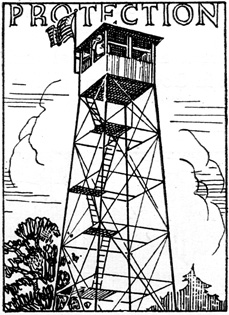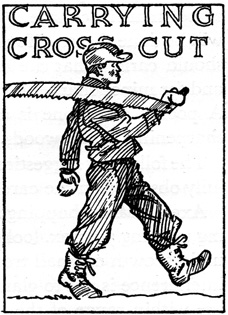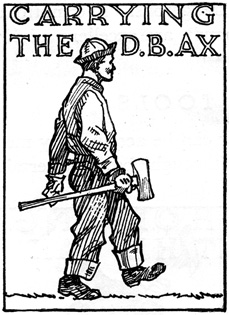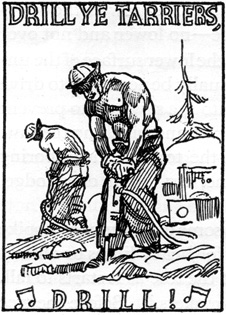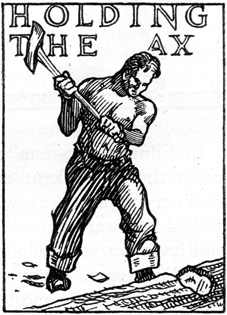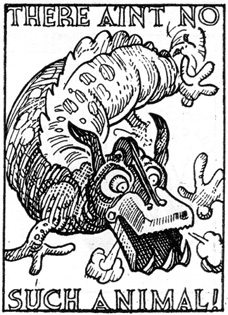CCC and the Art of Woodsmanship
Eighty years ago, Rudy Wendelin was a young artist fresh out of the University of Kansas School of Architecture struggling like many others to find work during the Great Depression. Relief came in 1933 when he applied for a job in Milwaukee, Wisconsin, under the new Civilian Conservation program launched that same year. Wendelin got the job, a position as a draftsman with Region 9 of the U.S. Forest Service, and immediately began turning out various artwork, signs, displays, publications, architectural drawings, and much more for the agency. By 1936 the local newspapers were referring to him as “the Ding Darling of the United States [Forest] Service” after the famed cartoonist Jay Darling. Within four years Wendelin would be promoted to the Forest Service’s national office in Washington, DC, and go on to become well known as the primary artist and “caretaker” of Smokey Bear. His time in Milwaukee working on CCC projects, though, was a crucial step towards this future career success.
During his final year working for Region 9, Wendelin drew a series of sketches depicting the forestry work of the CCC that were used in an instructional pamphlet given to enrollees. Woodsmanship for the Civilian Conservation Corps, published annually from 1937 to 1941, served as a guide to using various tools, basic first-aid, poisonous plants and insects, and an introduction to conservation and forestry. Some of the artwork was also used in other CCC materials, like recruitment flyers. The cover image captures the spirit of the CCC then and the perception of it today—the strapping young man made strong from the work and smiling with gratitude for the opportunity.
“The mountains and forests of this country may seem a wilderness to those of the Civilian Conservation Corps who come from the cities and farms,” read the pamphlet’s text. “Experience in the C.C.C. . . . will, however, call for what is known as ‘Woodsmanship’ – the ability to live and work safely, conduct yourself in accordance with your surroundings, and adapt yourself to your environment. No one can be taught woodsmanship out of a book, but here are a few traits of a good woodsman.”
View selections of Wendelin’s CCC art from Woodsmanship below, and consult the Rudolph Wendelin Papers in the FHS archives for further information.



